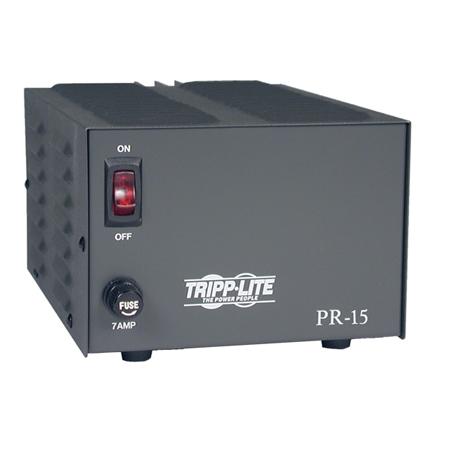PR1507G/S: Features: · Glass Passivated Die Construction· Fast Switching for High Efficiency· Surge Overload Rating to 50A Peak· Low Reverse Leakage Current· Lead Free Finish, RoHS Compliant (Note 4)Specificat...
floor Price/Ceiling Price
- Part Number:
- PR1507G/S
- Supply Ability:
- 5000
Price Break
- Qty
- 1~5000
- Unit Price
- Negotiable
- Processing time
- 15 Days
SeekIC Buyer Protection PLUS - newly updated for 2013!
- Escrow Protection.
- Guaranteed refunds.
- Secure payments.
- Learn more >>
Month Sales
268 Transactions
Payment Methods
All payment methods are secure and covered by SeekIC Buyer Protection PLUS.

 PR1507G/S Data Sheet
PR1507G/S Data Sheet








